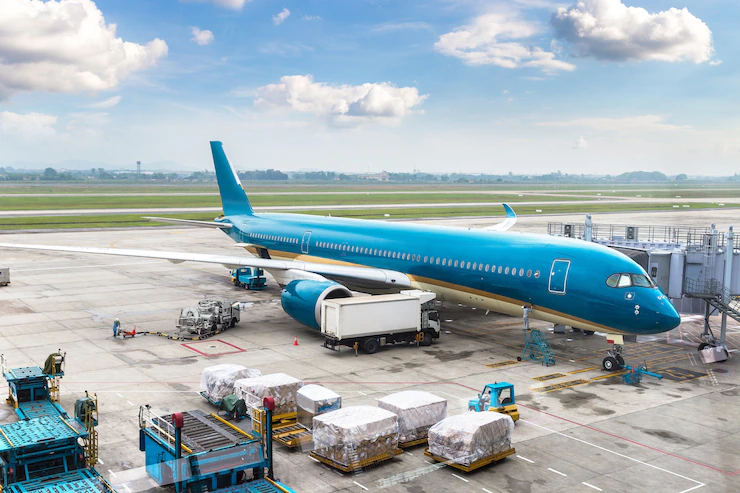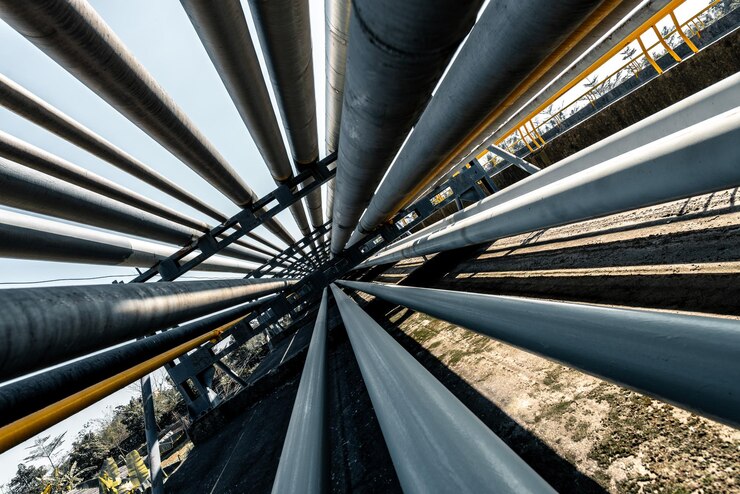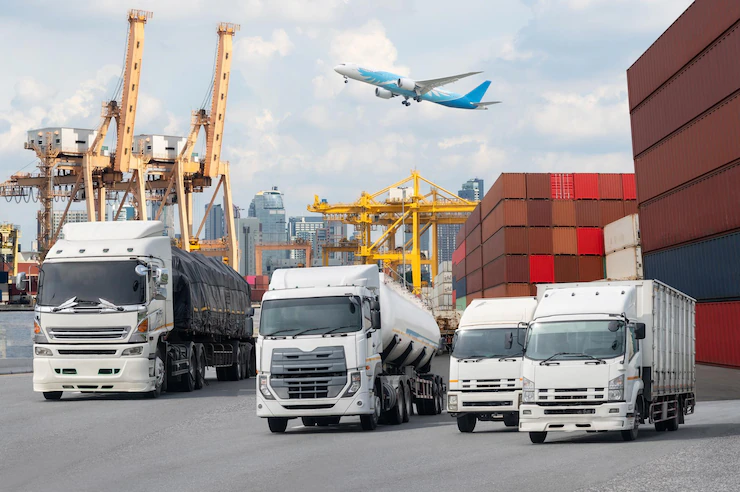In logistics, moving goods from one point to another is a complex and critical endeavor. The success of businesses and industries often hinges on the efficiency and reliability of transportation.
With various modes of transportation available, each offering unique advantages and limitations, choosing the right method is a pivotal decision for businesses and individuals.
Whether you are a company looking to streamline your supply chain or an individual planning a relocation, understanding the types of transportation in logistics and determining which one aligns with your specific needs is a crucial step in ensuring the smooth flow of goods and services.
This article delves into the diverse transportation options in logistics, guiding you toward the mode that best suits your requirements.
Types Of Transportation In Logistics
Efficient transportation is the lifeblood of modern logistics. It’s the key to ensuring that goods are moved from one place to another in a timely and cost-effective manner.
Whether you’re a business owner looking to optimize your supply chain or an individual planning to relocate, understanding the different types of transportation in logistics is crucial in making informed decisions.
Below, we’ll explore various modes of transportation and help you determine which is right for your specific needs.
Road Transportation
Road transportation is one of the most common and versatile modes of logistics. It involves using trucks, vans, and other vehicles to move goods over highways and local roads. This option is suitable for transporting small to large goods and is particularly efficient for short to medium-distance shipments.
Road transport is known for its flexibility, allowing easy access to remote locations. It’s ideal for businesses dealing with perishable goods or just-in-time deliveries. To learn more about road transportation, visit divinetrans.com.
Pros:
- Versatile and easily accessible.
- Quick transit times for short distances.
- Ability to access remote areas.
Cons:
- Limited capacity for long-distance or bulk transportation.
- Vulnerable to road conditions, traffic, and weather.
Rail Transportation
Rail transportation is an excellent choice for shipping large quantities of goods over long distances. Trains are known for their high cargo capacity and fuel efficiency, making them a more eco-friendly option than other modes.
Rail transportation is a cost-effective choice for businesses with long supply chains or industries that need to move raw materials over extended distances.
Pros:
- High cargo capacity.
- Cost-effective for long-distance shipping.
- Environmentally friendly due to reduced emissions.
Cons:
- Limited accessibility to certain areas without proper infrastructure.
- Slower transit times compared to road or air transport.
Air Transportation

Air transportation is synonymous with speed and efficiency. It’s the go-to choice for moving high-value or time-sensitive cargo.
While air transport is generally more expensive, it provides the fastest delivery times, making it suitable for industries like pharmaceuticals, electronics, and e-commerce.
Pros:
- Extremely fast transit times.
- Ideal for high-value or time-sensitive goods.
- Global accessibility through airports.
Cons:
- High costs compared to other modes of transportation.
- Limited cargo capacity compared to ships or trains.
Maritime Transportation
Maritime transportation, often called shipping, is the backbone of global trade. It’s the most economical choice for moving massive quantities of goods across long distances, making it a preferred option for international logistics.
Ships come in various sizes, catering to diverse cargo requirements. This mode of transportation is perfect for businesses that don’t require fast delivery times.
Pros:
- Cost-effective for long-distance and international shipping.
- High cargo capacity.
- Suitable for bulky or heavy goods.
Cons:
- Slower transit times compared to air transport.
- Dependent on seaport infrastructure.
Pipeline Transportation

Pipeline transportation is a specialized mode for liquids, gasses, and some solids, such as minerals. It’s incredibly efficient for transporting specific types of cargo over long distances. Industries like oil and gas heavily rely on pipelines for their operations.
Pros:
- High efficiency for specific cargo types.
- Low operating costs for maintaining pipelines.
- Minimal environmental impact.
Cons:
- Limited applicability to certain cargo types.
- It is expensive to build and maintain pipeline infrastructure.
Which Is Right For You
Determining the right mode of transportation for your specific needs is a decision that requires careful consideration.
The choice will depend on various factors, including the type of cargo, distance, speed, cost, and environmental considerations.
Let’s explore some key aspects to help you make an informed decision.
Type Of Cargo
The nature of your goods plays a significant role in selecting the appropriate transportation method. For example, air transportation may be the best option if you’re dealing with perishable items or high-value goods that require fast delivery. Bulk commodities, on the other hand, are often more suited to maritime or rail transport.
Distance
The distance your cargo needs to travel is a crucial factor. Road transportation is often the most practical choice for local or regional shipments due to its accessibility and flexibility.
Maritime or air transportation may be more efficient for long-distance or international logistics.
Speed
Consider the urgency of your deliveries. Air transportation offers the fastest transit times if time is of the essence. However, it comes at a higher cost. Other modes, such as road or rail, might be more cost-effective for less time-sensitive shipments.
Cost
Your budget is pivotal in determining the right transportation mode. Road transportation is generally cost-effective for short distances, while maritime transport is economical for long-distance shipping.
However, it’s essential to weigh the cost against the value of your cargo and the potential impact on your business operations.
Environmental Impact
In an increasingly eco-conscious world, many businesses and individuals are considering the environmental implications of their transportation choices.
Air transportation tends to have a higher carbon footprint compared to other modes. If sustainability is a priority, you may opt for more environmentally friendly options, such as rail or maritime transport.
Accessibility
Consider the accessibility of your chosen transportation mode. Are there suitable ports, terminals, or infrastructure to support your cargo’s journey? Some locations may be easier to reach by road, while others require proximity to a seaport or airport.
Volume And Weight
The volume and weight of your cargo are important considerations. While road transportation is flexible for various cargo sizes, rail, and maritime options are better suited for larger and heavier loads.
Reliability
Evaluate the reliability of the transportation mode, including factors like weather conditions, congestion, and transit times. Some modes, like air transport, are less susceptible to weather-related delays.
Intermodal Transportation
In some cases, a combination of transportation modes may be the most efficient solution. This approach, known as intermodal transportation, allows you to leverage the strengths of multiple modes to optimize your logistics chain.
Conclusion
The right transportation choice in logistics depends on your specific needs, such as the type and quantity of goods, distance, and delivery times.
By understanding the advantages and limitations of each mode of transportation, you can make informed decisions that will optimize your supply chain and reduce logistics costs.
In many cases, a combination of different transportation modes may be the most efficient solution.
Ultimately, the key to successful logistics is finding the right balance between cost, speed, and reliability to meet your unique requirements.
Read Also:




























